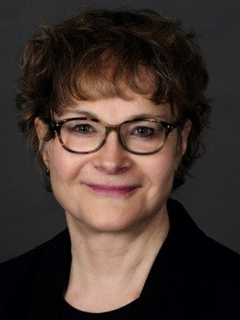The Great Pandemic Unwind: Five Healthcare Issues to Watch
Unwinding federal COVID-19 policies will have significant industry impacts.

In response to the COVID-19 pandemic, a wide range of new policies and flexibilities were put into place to reduce administrative burdens on overworked healthcare providers, accommodate patient needs for care to be delivered in different ways, and help clinicians and staff respond rapidly to the changing pandemic environment. While these policies were important for supporting the unique and dynamic demands of the pandemic, not all of these policies and flexibilities will remain in place indefinitely. In fact, many of these policies will no longer be in effect when the Department of Health and Human Services (HHS) public health emergency (PHE) declaration expires, which could occur as early as July 15, 2022.
While not all the new policies are tied explicitly to the PHE declaration, it is expected that the PHE expiration could result in an “unwind” of federal pandemic changes beyond just those tied to the PHE. In this brief we highlight five major issue topics for the healthcare industry, particularly providers, to watch as the pandemic unwind approaches:
1
2
3
4
5
Each of the five topics we highlight have their own complex set of policy and political considerations that will influence when and how pandemic changes will be lifted, modified, or made permanent. In addition, the authorities and associated timelines enabling these policy changes do not all perfectly align, given that some are bound by the PHE declaration, some are driven by Congressionally set timelines, and others are dictated by additional HHS authorities (e.g., FDA). This is likely to create a cascade of changes and confusing timelines over the coming months and year(s). While this could give providers additional time to prepare, it will also create additional complexity in understanding and tracking compliance timelines. As a result, providers must understand the implications of the changes and timelines and begin to develop strategies to adjust operations and patient care accordingly.
Dive into our thinking:
The Great Pandemic Unwind: Five Healthcare Issues to Watch
Download PDFExplore more
Center for Healthcare Regulatory Insight
KPMG’s Center for Healthcare Regulatory Insight assesses regulatory and policy trends driving healthcare transformation and industry convergence.
Read moreMeet our team

